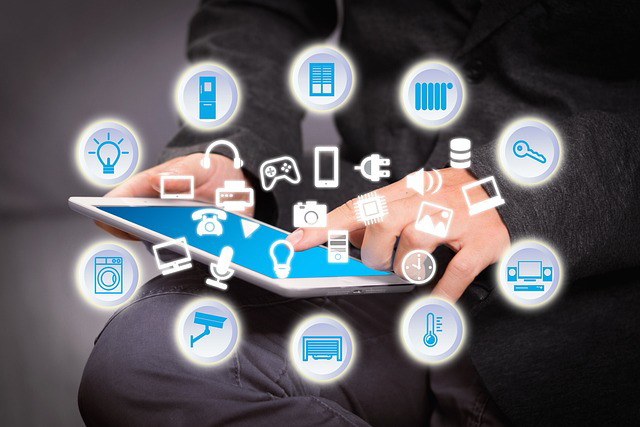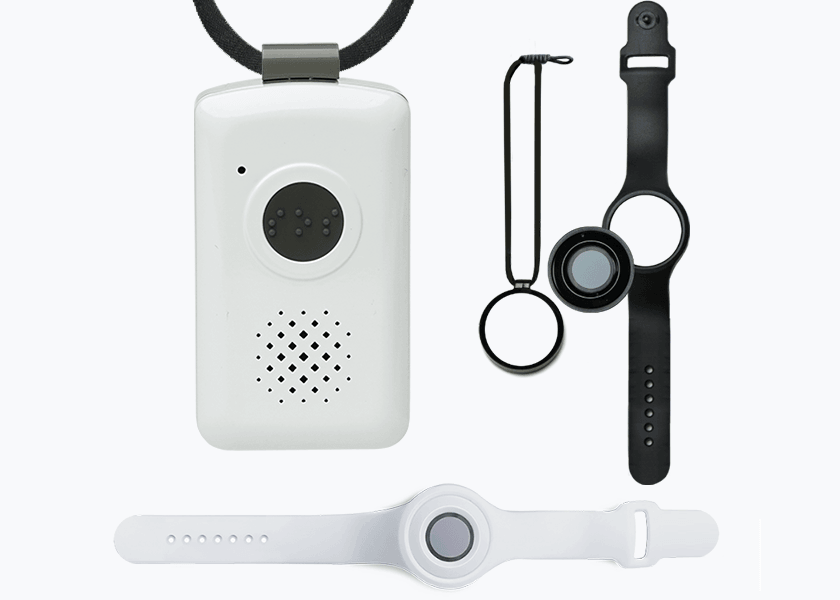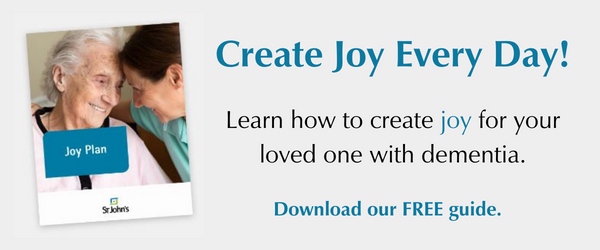According to the Alzheimer’s Association 2022 Facts and Figures report, in 2022, the total national cost of caring for people living with alzheimer’s disease and other dementias is projected to reach $321 billion. Medicare and Medicaid are expected to cover $206 billion, or 64%, of the total health care and long-term care payments for people with Alzheimer’s or other dementias. It is no doubt why dementia in older adults is considered one of the costliest conditions to society.
In addition, the care that family members provide to dementia patients often goes unaccounted for in the cost figure. The caregiver burden by data collection totals to be an average of 27.1 hours of care per caregiver per week, or 1,413 hours of care per caregiver per year. With this care valued at the average of the state minimum wage and the median hourly cost of a home health aide, the estimated economic value of care provided by family and other unpaid caregivers of people with dementia across the United States was $271.6 billion in 2021.
Identifying ways to improve quality of life for those with all types of dementia living at home, while also lessening the burden of informal caregivers may very well rest in the myriad of new technologies and artificial intelligence options on the market. Through this summary of high-tech tools and technological devices tailored for home-based dementia care, we hope to answer questions for care providers and provide options for improving everyday life.
An array of technology-based interventions has become available to support family caregivers of those with both mild cognitive impairment and those with progressive memory loss, primarily focusing on health and well-being, social isolation/ human interaction, financial, and psychological support.
The Best Technology Tools for Human Caregivers
Virtual Medicine: Health Monitoring and Tracking
For various reasons, including challenges with mobility; growing fear of social interaction; and limited availability of health services due to geography; accessing virtual medicine from the comforts of home may be an important use of technology for family care partners. While virtual doctor’s appointments will not work for every situation, telemedicine is becoming a growing convenience within dementia home care. Often a physician or nurse practitioner can evaluate the symptoms via phone or video and can give you an immediate diagnosis or offer support.

Mobile phones, smart phones, laptop computers, and smart pads can all be used for this application. Live video conferencing, mobile health apps, “store and forward” electronic transmission, and remote patient monitoring (RPM) are examples of the different technologies used in telehealth. Most important is to ensure that the device you plan to utilize for this purpose is functional and that your internet connection is good enough to depend on for the call. You may need to set up your device closer to your internet modem or router to ensure a strong signal. For additional tips in preparing for a telemedicine visit, review our article “Preparing for a telehealth visit: a caregiver’s guide.”
Tracking apps are a great way to collect data and log daily activities related to personal care; health outcomes such as blood pressure and heart rate; physical activity, sleep, and other aspects of daily life. You, as the caregiver, would find this information helpful for early detection of concerns, especially if you are not on site, but health professionals could also use data collected to ensure better outcomes. LiveStrong.com offers a list of the best choices for 2022 here to get you started on a little research in the area of smartphone apps.
Other assistive technology available through smart phones such as medication reminders and general calendar apps can also help support diminishing cognitive function/ short-term memory loss and healthcare needs.
Home Automation and Safety
One of the biggest concerns for informal carers is monitoring their loved one’s safety and well-being while he/she is home alone. Such devices aimed at protecting those with mild dementia can include in-home cameras, smart sensor technology, use of robots, or other assistive technologies. Today’s smart home systems and associated in-home sensors can keep a person with a dementia diagnosis at home longer as well as support everyday activities. PC Magazine offers recommendations for the best smart homes technology for 2022 here.
In the event of an emergency, medical alert devices in the form of lightweight pendants or wristbands can offer protection with minimal impact to participants’ experiences. The most sophisticated of emergency services are those that are voice-activated or those that have the ability to initiate themselves when a fall is detected without the user taking action. The National Council on Aging offers a scoping review of the top medical alert systems here.
According to the United States Centers for Disease Control and Prevention, falls among adults 65 and older caused over 34,000 deaths in 2019, making it the leading cause of injury death for that group. Wearable sensors minimize the potential risks without being intrusive by keeping track of unusual activity, sending alerts if temperature deviates from acceptable ranges, or tie into an Amazon Alexa or Google Nest to operate lighting based on a loved one’s movements throughout the home.

GPS trackers can play an important role in monitoring the whereabouts of your loved one with dementia live and real-time. If your loved one has a cellular device that they use for phone calls, features like the Find My Phone app in iPhones or similar-type solutions, may facilitate this kind of tracking. There are also wearable GPS tracking devices that can be inserted into shoes or worn on the wrist that offer potential benefits without inconvenience.
Being a caregiver of a person living with dementia is a challenging journey. Technology use in the home may help to delay your loved one needing a skilled care facility and provide peace of mind and emotional support to you as the primary caregiver.




